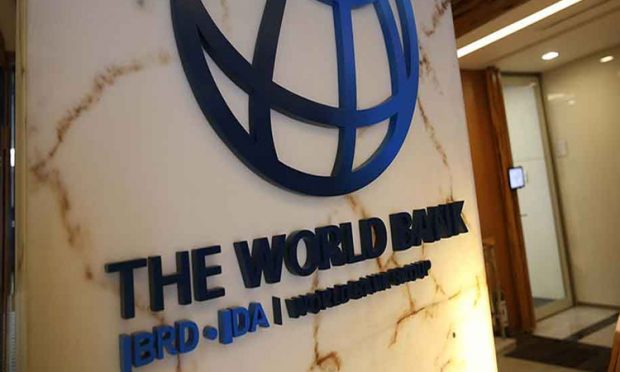
India halved its poverty rate since 1990s: World Bank
Team Udayavani, Oct 16, 2019, 3:01 PM IST

Washington: India has halved its poverty rate since the 1990s and achieved a seven-plus growth rate over the last 15 years, the World Bank said.
India is both critical to the success of global development efforts, including eliminating extreme poverty, and as an influential leader for global goods such as addressing climate change, the bank said ahead of the annual meeting between it and the International Monetary Fund.
The country has achieved annual growth exceeding seven per cent over the last 15 years, halved its poverty rate since the 1990s, and enjoyed strong improvements in most human development outcomes, the World Bank said.
Noting that India’s growth is expected to continue and elimination of extreme poverty in the decade is within reach, it said at the same time, the country’s development trajectory nonetheless faces considerable challenges.
For this, the World Bank said, India will need to achieve greater resource efficiency as it sustains growth, given its resource endowments and large population.
Land will need to be used more productively in urban areas by the spatial transformation of cities achieving agglomeration economies and in rural areas by increased agricultural productivity, it said.
India’s water management will need to provide for shifting water allocation to higher-value uses and policies to increase the value of water use within sectors. In addition, 230 million people are not properly connected to the electricity grid while generation will need to be less carbon intensive, the World Bank pointed out.
More generally, India’s rapidly growing economy needs investment in infrastructure, an estimated 8.8 percent of GDP or USD 343 billion a year until 2030, it said.
Second, sustained growth will also need to accelerate inclusion, especially to create more and better jobs. While an estimated 13 million people enter the working age population each year, only three million new jobs are being generated on an annual basis, the financial institution said.
The World Bank said a particular challenge lies in India’s declining female labour force participation, which at 27 percent is among the lowest in the world despite overcoming gender gaps in education.
Finally, India’s public sector institutions will need to be modernised to deliver services and regulations that match the aspirations of a middle-income country; this will entail improving accountability and effectiveness, improving the ability of the state to interface with the private sector, and strengthening the compact among tiers of government to improve service delivery, the bank said
Udayavani is now on Telegram. Click here to join our channel and stay updated with the latest news.
Top News

Related Articles More

WATCH: Plane bursts into flames after skidding off runway at airport in South Korea, killing 62 people

Indian mission to open condolence book for Singaporeans to pay tribute to Manmohan Singh

Osamu Suzuki, who ignited Indian automobile industry passes away at 94

Goodbye, my bhai: Malaysian PM recalls how Manmohan offered scholarships for his children
Thumbay group to set up first private psychiatric and rehabilitation hospital in Sharjah
MUST WATCH
Latest Additions

Night sky stokes human curiosity, gives you permission to dream: Astrophysicist Priyamvada

Boy brought out of borewell in MP’s Guna after 16-hr rescue ops, rushed to hospital

Aranthodu: Eicher truck catches fire near Jodupala

Anandapura: Two killed in bus-car collision on Shivamogga Road

Illegal mining in Yamuna: NGT asks applicant to approach DPCC/mining dept first
Thanks for visiting Udayavani
You seem to have an Ad Blocker on.
To continue reading, please turn it off or whitelist Udayavani.

















